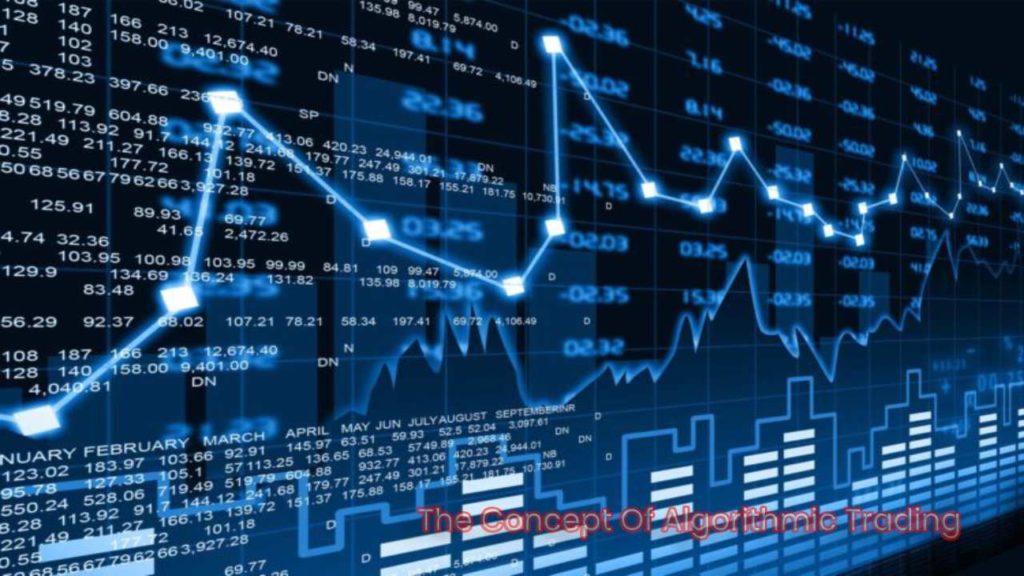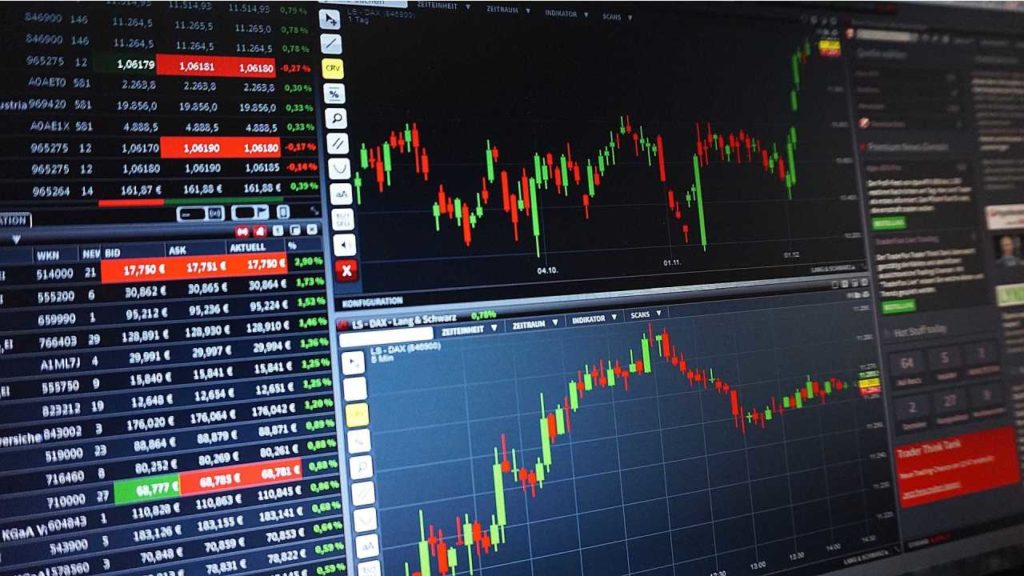In recent times, a lot of online finance courses cater more to the software and programming aspects of finance than to the theory. One such area where a lot of focus is given is algorithmic trading. As technology is getting revolutionized across all domains, algorithmic trading has been a significant trendsetter on the domain of stock markets and trading. This article explains the subtopic of Algo trading: what it is, its advantages, and its disadvantages.

Table of Contents
What is Algorithmic Trading?
Algorithmic trading is a process where a trader can carry out orders automatically using programmed instructions based on parameters. Like price, time, and volume. For example, you can program the computer to trade 200 stocks of Google (GOOG) as soon as the 20-day moving average of the stock price goes above a certain threshold. You, as a trader or programmer, have to decide the threshold value, but the system automatically does the trading, and you don’t have to monitor how the price fluctuates.
Apart from knowing how to code, to be a full-time algo trader, you need access to live market feeds, network connectivity, trading platforms, and historical data. Here are some examples of the types of traders who use algorithmic trading:
- Mid-term and Long-term investors (pensions, mutual funds) buy large volumes of stock without influencing prices.
- Short-term traders (speculators, arbitrageurs) gain from the automatic execution of trades. Arbitrageurs make profits by capitalizing on small price fluctuations in securities. Computers can spot such variations for them and instantly execute trades if programmed appropriately.
- Systematic traders (trend followers, hedge funds) trade based on a set of rules, so it is easier to code.
In the US, roughly 70% of the total trading volume is through algorithmic trading; in India, it is around 40%. Algorithmic trading will continue to be used widely in the trading spheres, so it is worthwhile to understand the pros and cons of the system.
Advantages of Algorithmic Trading
No Emotions in Play
A lot of experienced, as well as novice traders, make the mistake of letting their emotions take trading decisions. The impulses to buy an insufficient stock or some “gut feeling” to execute a deal can make them erratic in their choices. By letting a computer do the trading for you, human emotions are minimized.
You are now forced to be systematic and act according to set strategies, which ensures consistency. This is what matters more in the long run than an occasional (lucky) profit.

Computational Power
This is the main reason why Algo trading is used heavily by institutional traders. Computers have the power to handle large volumes of trades across different markets, and they can simultaneously keep track of several datasets.
These are useful for high-frequency trading (HFT). Where a large number of trades are executed in a fraction of a second – that humans simply can’t do. Moreover, the use of computers eliminates the need for a lot of middlemen, which leads to reduced transaction costs, apart from giving the traders better control of the securities they own.
Maximum Use of Time
It is practically impossible for a human or a few of them to continuously monitor the price movements of all the securities across all markets of interest every day. With algo trading, the computer can easily monitor stock prices across different markets, too, executing trades instantly when the market conditions are met.
Backtesting
Back testing is a commonly used method for seeing how well a strategy or model would perform in a certain situation. This is done by feeding the model data from the past and comparing its prediction or results to the actual numbers or events. The more the correlation, the better the model is.
Backtesting allows you to keep fine-tuning the data until you get the accuracy you require for the prediction model. With an accurate enough model, you can also get a sense of the amount you can expect to win (or lose) per unit of risk (sometimes called the “expectancy” of the algorithm).
Disadvantages of Algorithmic Trading
Not Everyone is Good at it
Given the precision and accuracy of algorithmic trading, only the most experienced programmers can enter this domain. You may be an expert trader who knows all the strategies and moves like how to short stocks, how to avoid wash sales, and so on, but writing code is something entirely different. Moreover, all algorithmic traders have to keep constantly updating their knowledge with the latest tools and techniques because technology is evolving so fast.
Mechanical Failures and the Like
Like any other piece of equipment or software. Algorithmic trading systems can experience power failures, mechanical issues, loss of internet connection, and so on. The pace of the market is so much that even a few minutes without internet access. Could mean missing the opportunity to trade deals worth thousands.
This also means that automated systems do need manual intervention and monitoring occasionally. Moreover, traders also have to check that the system does not accidentally. It may execute wrong orders because of some bug in the code.
Over-Optimization
This is an example of what can go wrong if you rely too much on technology. Backtesting is done on historical data, but many traders don’t tweak the code to reflect the current market scenario. As a result, the model that worked so well with historical data performs badly in the actual scenario.
Flash Crash
A flash crash is a rare occurrence where the price of stocks rapidly fall. In a short time (usually a few minutes) because of an overload of selling stocks. In high-frequency trading, if there are a set of bad stocks. Also many algo systems trading in that market can sell stocks at the same time. This essentially wipes out millions of dollars of shareholder equity from the market.
How Tech-Savvy Are You?
Learning to code, along with the necessary trading and stock market skills, is becoming a necessity in today’s times. There are plenty of online courses available that teach you the basics of trading, both theory and practice. Most of the finance-oriented software courses that focus on algo trading use Python as the programming language.

